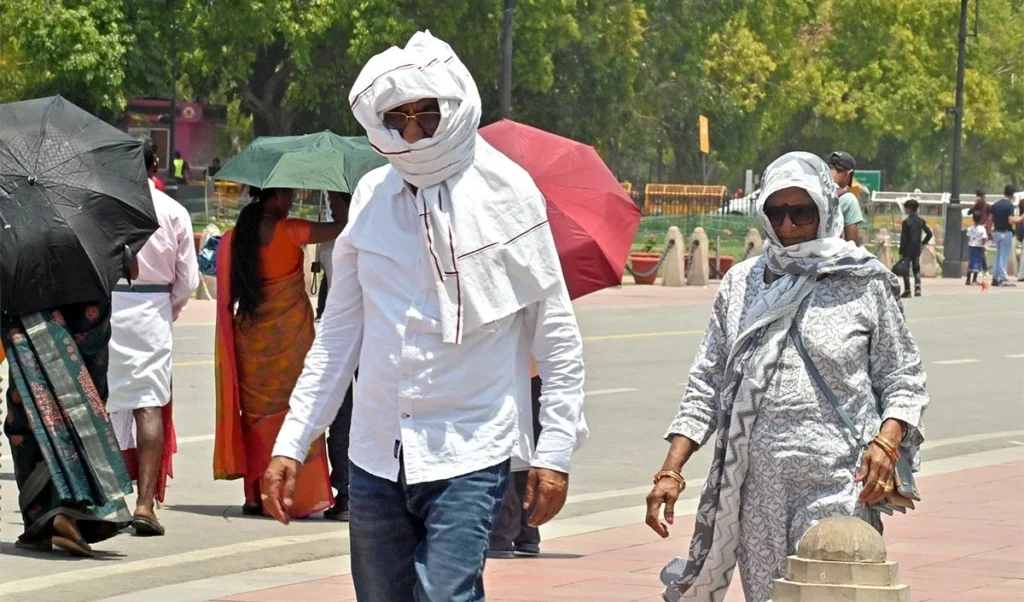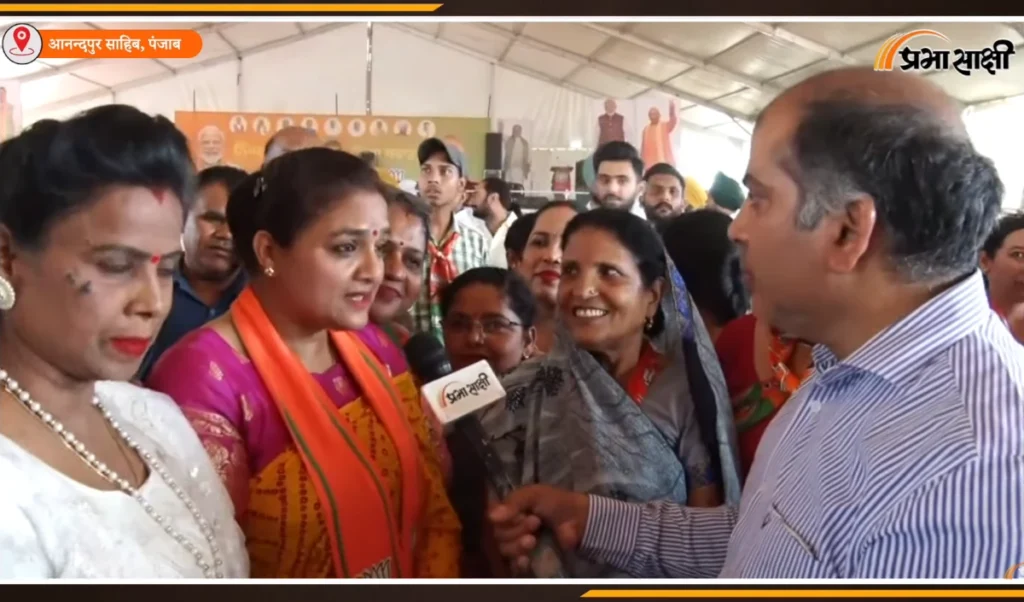It got 73 out of 80 seats in 2014 amid the Modi wave, 64 seats in 2019 when the entire opposition united against the BJP. But there was a near collapse in 2024 when the BSP and RLD left the opposition alliance. The NDA is hovering around 37 seats. For the Bharatiya Janata Party, the Uttar Pradesh defeat is a confirmation of what was being said in hushed tones in the party corridors – that there were differences among the BJP leadership on what strategy to adopt in candidate selection in the state. This time some sitting MPs were dropped in UP and most of the candidates who were repeated again and again lost.
People talked about the domineering Thakurism politics in the state which has angered Brahmins, Rajputs and some OBCs. Besides, rural distress and Muslim solidarity have worked against the BJP. The rout is such that Union Minister Smriti Irani lost Amethi by over 1 lakh votes despite Rahul Gandhi not contesting from there. The Congress leader has won from Rae Bareli by 3.7 lakh votes, double the margin her mother Sonia Gandhi won in 2019. The BJP has lost the Faizabad Lok Sabha seat under which Ayodhya falls as sitting MP Lalu Singh lost. The BJP has been wiped out in the Yadav belt and eastern UP (Purvanchal). Eastern UP is the bastion of Chief Minister Yogi Adityanath.
Varanasi also falls in Purvanchal from where Narendra Modi is an MP. This is looking to be the best performance for the Samajwadi Party in UP in the Lok Sabha elections. SP is poised to become the third largest party in the country after BJP and Congress in terms of MPs. With a possible 35 seats, Akhilesh Yadav can equal his father Mulayam Singh Yadav’s all-time record of 1999. Akhilesh Yadav’s candidature from Kannauj has proved to be a masterstroke, with SP capturing the Yadav belt. His decision to ally with Congress consolidated Muslim votes and forged a strong alliance with Yadav voters. SP gave 17 seats to Congress and Congress is winning seven seats including Allahabad and Barabanki.
Uttar Pradesh is an example where Prime Minister Narendra Modi’s appeal was fulfilled by a popular chief minister like Yogi Adityanath. People appreciated the free ration and security. But this was overshadowed by rural distress due to unemployment and inflation and the utility of bulldozer politics did not seem to work. The excitement generated by the Ram Mandir Prana Pratishtha this January had also waned. The situation was quite different in UP by 2022 when Yogi created history by repeating a second term. But the “Baba’s Bulldozer” model ran into the opposition’s reservation pitch this time and a united SP-Congress alliance was able to ring a bell among voters about the return of Mandal politics and caste census.
The fear of losing reservation in UP villages as projected by the SP was real. This is why Dalit voters seem to be leaning towards the SP-Congress alliance. The BJP thought a turning point in the campaign was Rahul Gandhi choosing not to contest from Amethi but opted for the safer option of Rae Bareli. But it shouldn’t have been. Rather, Akhilesh Yadav’s decision to contest from Kannauj set the political narrative in UP in SP’s favour. The SP-Congress alliance’s big win with around 42 seats has kickstarted the battle for the 2027 assembly elections in Uttar Pradesh, where Yogi Adityanath now faces a tough challenge from a resurgent Akhilesh Yadav.


